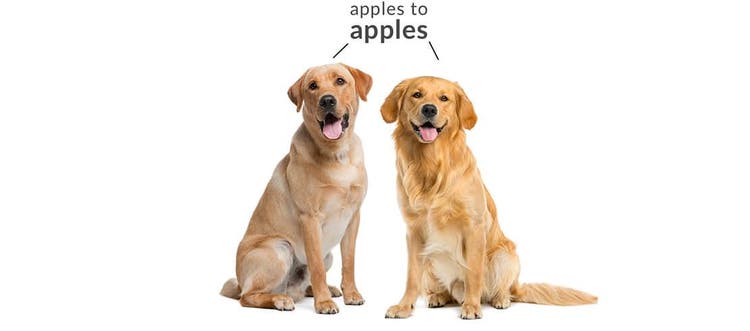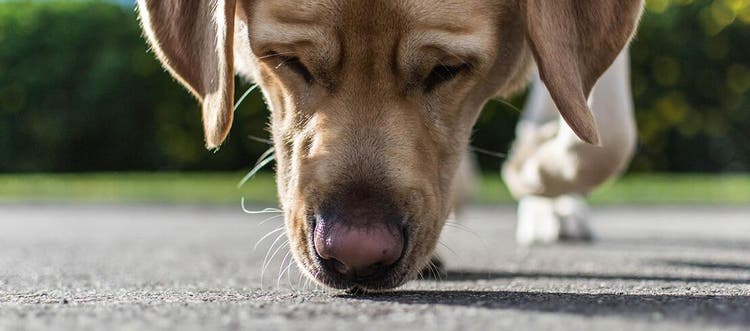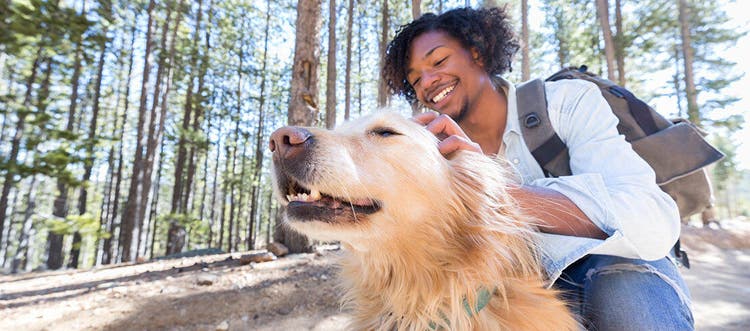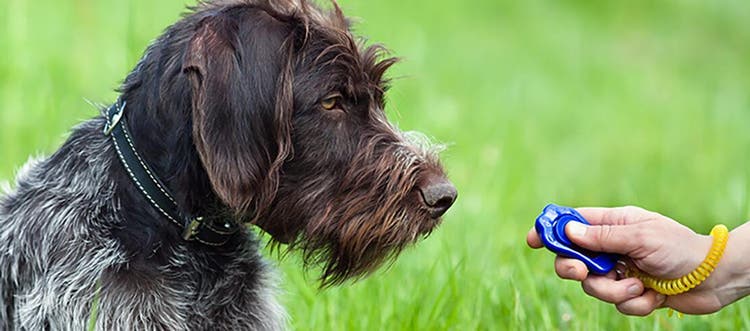Reviewed by Dr Abbie Lam DVM
Take the following precautions to ensure your dog’s comfort and safety during the winter months.
Although Australia isn’t known for especially cold weather, when the winter months arrive there are a number of steps you should take to keep your dog healthy and warm. Of course, some dog breeds handle winter weather better than others, but as the temperature drops, so does your pup’s tolerance for the cold. Here’s what you need to know to keep your dog warm, snug and safe.
How cold is too cold for a dog?
Generally, your dog will feel uncomfortable in cold temperatures below 10°C. When the temperature reaches this point, don’t allow your dog outside for long periods.
Smaller dogs, as well as dogs with short coats, will feel the cold more sharply than larger dogs or breeds with thick coats. Likewise, senior dogs are more likely to suffer adverse effects from the cold than younger dogs. However, remember that even a thick coat can only insulate your dog so much – its ears, nose, tail and paws are more exposed than the rest of its body.
How to keep your dog warm this winter
These five tips will keep your dog’s comfort and safety top of mind during the colder winter months.
1. Provide a warm, cozy place to sleep
A soft bed and a thick blanket should provide plenty of warmth for your pup during the winter. However, if your dog sleeps in a particularly draughty or chilly part of the house, consider getting a self-warming pet mat, which retains your dog’s body heat, or a mat with a removable microwavable heating pad.
Just be mindful of safety – your dog should be able to easily get out of the bed on its own should they become too hot, and heat mats should never be placed near water. These pads should always be wrapped in towels or blankets to prevent burns. Consult your vet if you have questions about appropriate heated pet beds.
2. Get your dog a jacket or sweater
Some breeds with lush coats, such as huskies and malamutes, can cope with cold weather more easily than breeds with little or no hair. For breeds such as greyhounds, miniature pinschers, chihuahuas and whippets, get your pooch a doggie jacket or sweater to wear when you’re outdoors together.
To ensure a proper fit, measure your dog’s size around the neck, across the shoulders and around the chest. Look for designs that provide a snug but not too tight fit, and one that’s free of irritating zippers or embellishments that could be a choking hazard.
Not all dogs will tolerate wearing a sweater or jacket – and that’s OK. If they don’t want to wear one, simply limit the time they spend outside.
3. Provide adequate shelter
In very cold weather you should supervise your dog when they’re outside. If they spend too much time romping around a cold garden, their ears, tail and paws are susceptible to frostbite.
Ensure that your dog’s outdoor kennel or shelter is dry and draught-free. Ideally, the shelter should be 10 cm off the ground, with a sloped roof. Lay down straw or newspaper under their bedding for additional insulation.
4. Protect and inspect your dog’s paws
In cold weather it’s prudent to pay your dog’s paws a little extra attention. Your dog’s bare paws are susceptible to frostbite, and snow on the ground can also disguise dangerous objects that can harm the paws.
After your dog returns from being outside, check their feet for cuts or abrasions, and wipe away frost or snow. For longhaired breeds, maintain your dog’s paws by trimming excess hair from in between their toes. If your dog lets you, consider fitting them with booties to protect the feet.
If you notice cold weather is cracking and drying out the pads on your dog’s feet, consult your veterinarian about an appropriate dog-safe moisturiser.
5. Protect against hypothermia
If a dog is left outdoors in very cold weather, their body temperature can fall below normal levels which could lead to hypothermia.
Mild hypothermia makes dogs weak and inactive, and they can’t stop shivering. As hypothermia worsens, dogs become unresponsive, and their breathing and heart rate slow. If you notice any of these symptoms take them to the vet immediately. Keep your dog warm on the way there with a hot water bottle wrapped in a towel.
Other important winter safety tips for your dog
- Dogs can and should continue to exercise in the colder months. But remember to exercise gently for the first five minutes – just like humans, dogs need to warm up their muscles, too.
- Beware of fireplaces both inside and outside your home. Never leave a fire burning unattended with a pet nearby. Also ensure you use a safety screen to keep your pet safe from soot, flames and embers.
- Keep antifreeze out of reach and out of sight – it is toxic to dogs.
- Be mindful of space heaters – your dog can be burned if they get too close to a heater, or the dog could tip the heater over and start a fire.
- Fleas, ticks, worms and heartworm can infect your dog year-round, so it’s important to stay on top of their parasite prevention regardless of the weather






